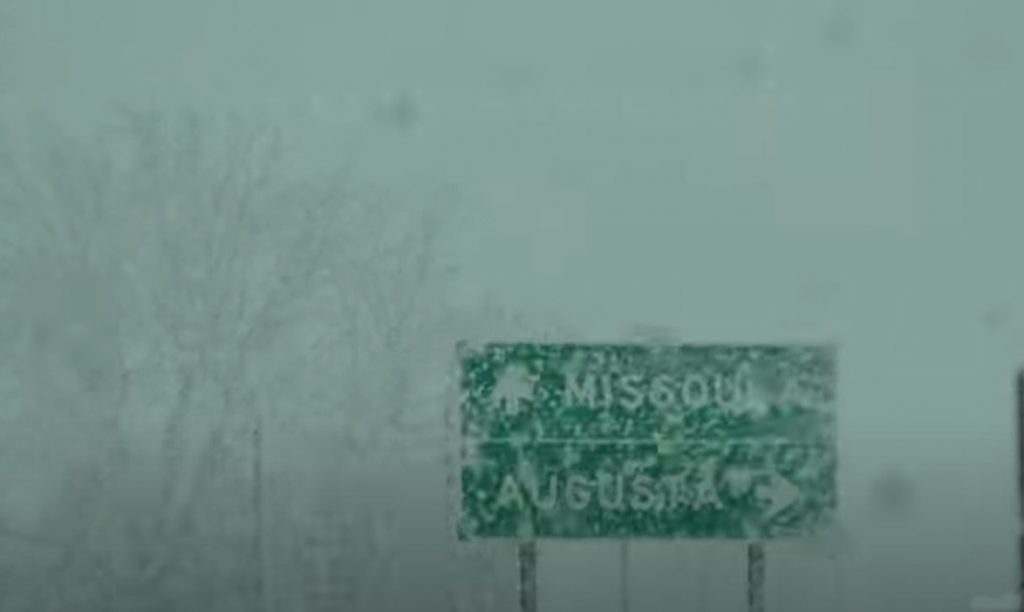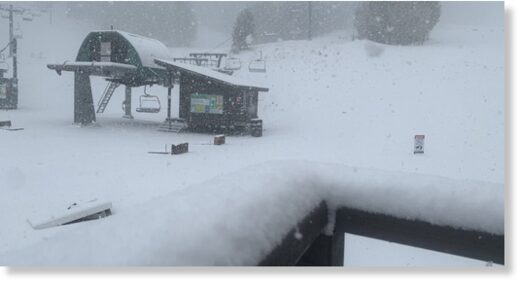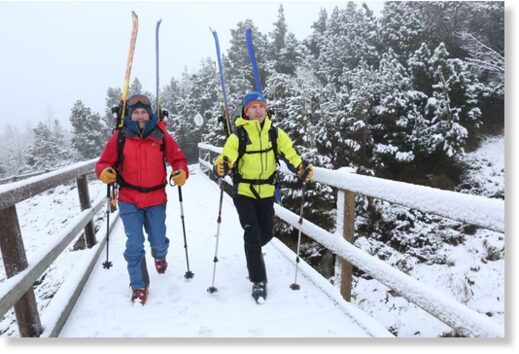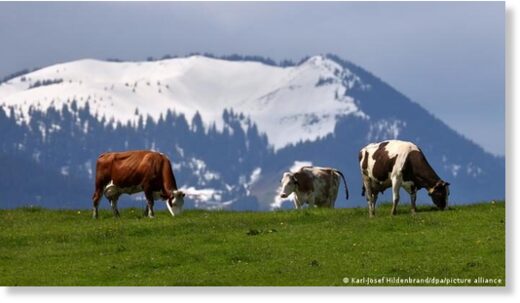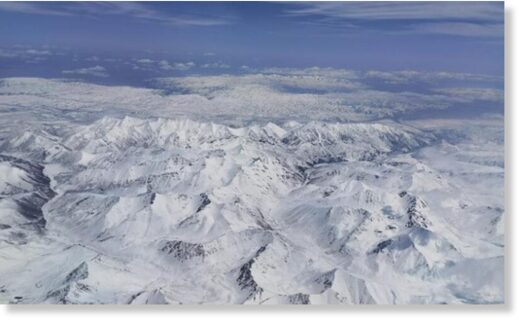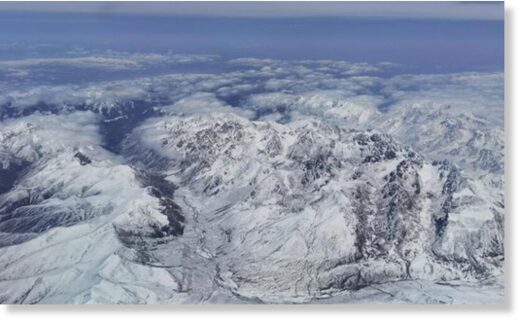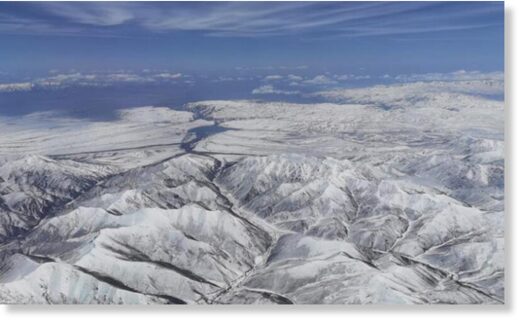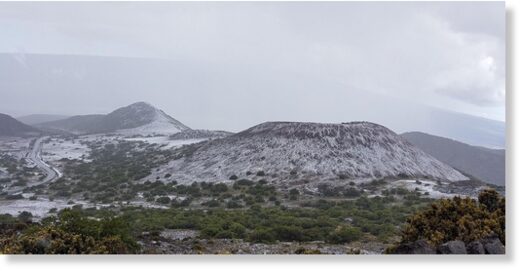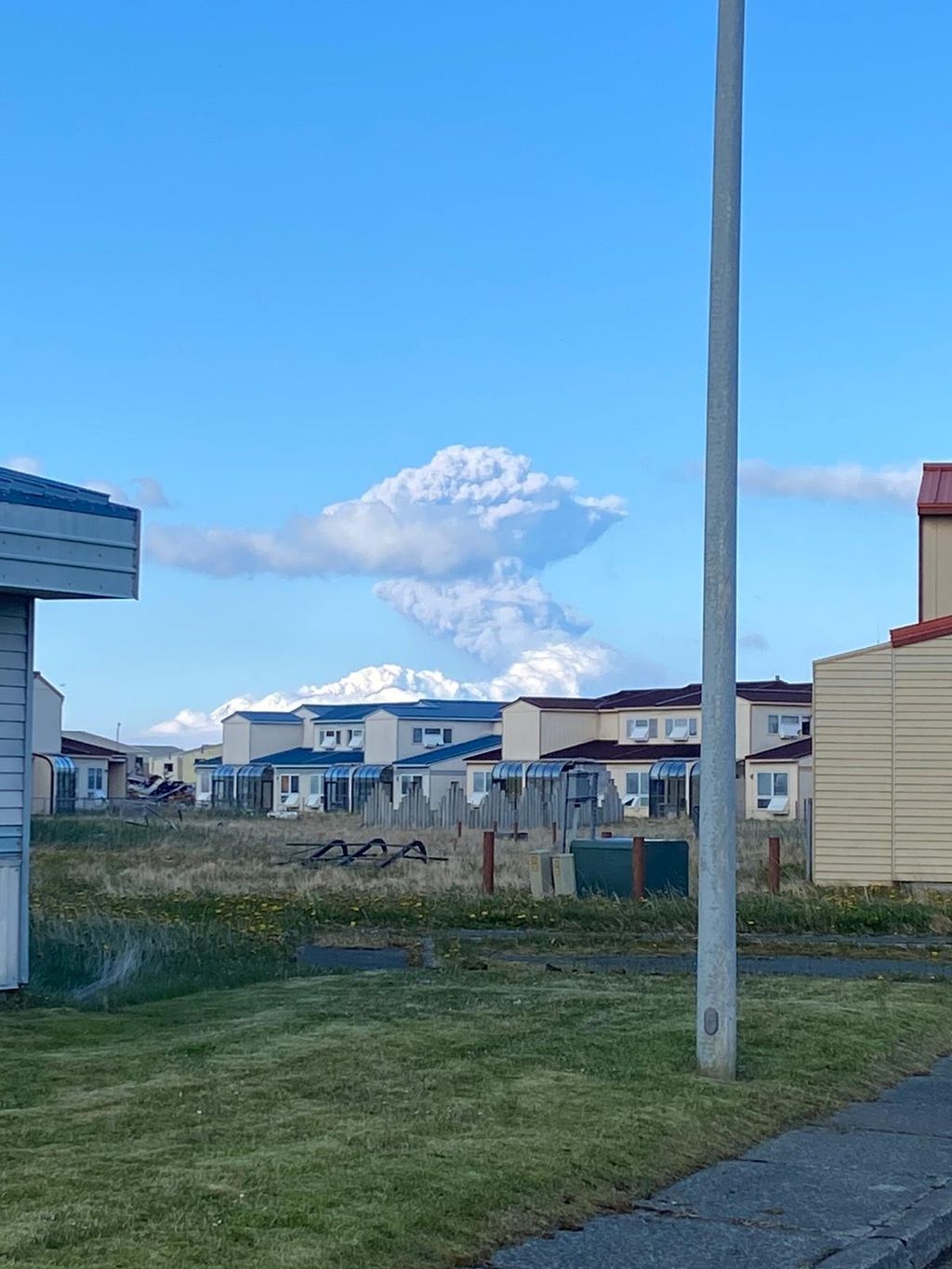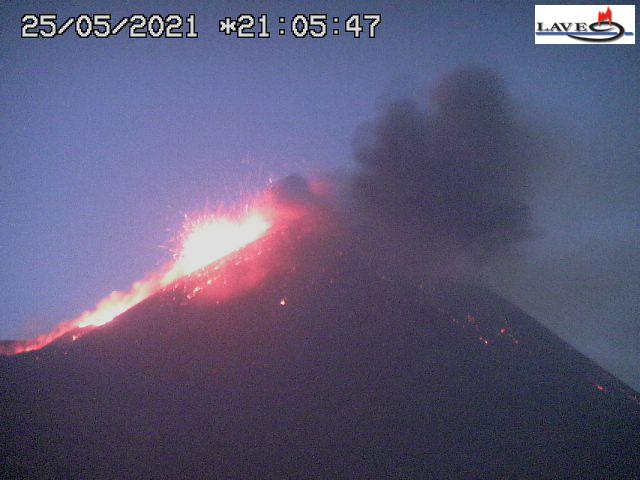Violent Late-Spring Snowstorm Blasts Scotland, Buries the Higher Elevations - Electroverse
Extreme Weather GSM
VIOLENT LATE-SPRING SNOWSTORM BLASTS SCOTLAND, BURIES THE HIGHER ELEVATIONS
MAY 25, 2021 CAP ALLON
Scots are suffering a rare late-spring Arctic blast this week as an unusual chill continues to engulf the majority of the European continent.
Inches upon inches of rare and record-breaking late-May snow settled across the higher parts of Scotland, with additional and exceptionally rare flurries descending on low-lying areas, too.
The UK Met Office issued weather warnings for the north and central areas of the country as this meridional jet stream induced weather –caused by low solar activity– continues to dominate (links on that below).
More than 4 inches is estimated to have fallen over a vast area during a seven hour blast of inclement weather.
While a warning on the Met Office website yesterday read: “An area of snow is currently extending southwards from the Highlands to reach the Central Belt towards dawn … accumulations of snow of 3 cm (1.2 inches) below 150 m (492 ft) is possible.”
Traffic Scotland Twitter reported whiteout conditions across some Scottish roads.
While this was the scene at Cairngorm National Park:

Snow at Cairngorm National Park, late-May, 2021.
This ‘global warming goodness’ is Scotland’s latest extreme cold event in what has been a bitterly chilly first 5 months of the year.
Winter delivered consistent sub-zero temperatures and prolific bouts of heavy snow in what
inthesnow.com called “one of the longest spells of cold snowy weather this century.”
And even now, with summer just around the corner, the record cold and snow is persisting.
Britain remains on track to log one of its coldest May’s in recorded history, while the month has already gone down as the snowiest ever, busting the old benchmark set in 1979.
As we approach June, forecasters are anticipating yet more Arctic outbreaks.
Next week, the Met Office is predicting “snow, hail and thunder” to rock Scotland. This is the same Met Office that recently claimed extreme cold was a thing of the past, and also that snow will vanish from Britain by 2040 due to the “climate emergency/crisis/breakdown” aka “global heating” aka “terrifying terra firma broiling.”
According to the Met Office, UK snow will be a thing of the past by 2040.
This is a ludicrous, fear-mongering statement — a claim which history will deem just as stupid as that made by senior climatologist Dr David Viner of the Climate Research Unit (CRU) of the University of East Anglia.
Back in 2000,
reported at the time by the Telegraph
(since deleted), Viner said: within a few years winter snowfall will become
“a very rare and exciting event,” adding that
“children just aren’t going to know what snow is.”
Well, here is some UK snow for you, Viner, in late-spring of the year 2021, no less:
May snow, Scotland.
While below is Ian Innes pictured on the Scottish slopes.
A baffled Innes writes on Facebook: “Powder skiing in May!? In Scotland!?!?”
View: https://www.facebook.com/iainskier/photos/a.2561638537473577/2609471332690297/?type=3
Frustratingly, hacks such as Viner are never called to task.
Their mistakes and dud-research are seldom analysed or investigated.
Instead, the cycle is simply one of
rinse and repeat: the global warming cabal call-up their next set of “higher-educated” brainwashees who go on to use the exact same flawed
upside down pyramid built on the work of just a few climate modelers to make the exact same tired-old doomsday predictions.
Global snowpack is actually
increasing.
According to NASA, it has been increasing for the past 40 years.
Data analyst Zoe Phin was curious to know what the global snowfall trend was in this era of
extreme global warming. “Luckily,” she writes, “NASA covertly provides us with all the necessary data to figure this out.”
Data analyst Zoe Phin was curious to know what the global snowfall trend was in this era of “extreme global warming.”

electroverse.net
‘End of Snow’ prophesies are just more AGW propaganda, plain and simple — they are not based in fact.
As is the Met Office claim, Britain is supposed to be devoid of snow in just 19 short years.
Yet this (shown below) was the scene at Scotland’s Ben Nevis Summit Plateau yesterday, May 24, 2021:

Ben Nevis Summit Plateau (Scotland, late-May, 2021).
The anthropogenic global warming theory is falling apart.
There was never a good correlation between CO2 and global temperatures to begin with, and now that correlation is getting weaker and weaker with each and every passing day as our planet continues to
cool.
Conversely though, the “climate crisis” propaganda appears to be growing stronger as the elites ramp-up the narrative.
To the masses, the illogical scrawlings published by The Guardian rule over data and real-world observations.
This is the depressing nature of humans.
We’re easily led.
We’re far too trusting of authority.
And as has been the way for time immemorial, for every past civilization, these traits will once again prove our downfall.
To finish, below are Europe’s temperature anomalies for today, Tuesday, May 25.
Enjoy!

GFS 2m Temp Anomalies — My 25 [
tropicaltidbits.com].
The
COLD TIMES are returning, the mid-latitudes are
REFREEZING, in line with
the great conjunction,
historically low solar activity,
cloud-nucleating Cosmic Rays, and a
meridional jet stream flow (among other forcings).
Both NOAA and NASA appear to agree,
if you read between the lines, with NOAA saying we’re entering a
‘full-blown’ Grand Solar Minimum in the late-2020s, and NASA seeing this upcoming solar cycle
(25) as “
the weakest of the past 200 years”, with the agency correlating previous solar shutdowns to prolonged periods of global cooling
here.
Furthermore, we can’t ignore the slew of new scientific papers stating the immense impact
The Beaufort Gyre could have on the Gulf Stream, and therefore the climate overall.

 Prepare accordingly
Prepare accordingly—
learn the facts, relocate if need be, and grow your own.


